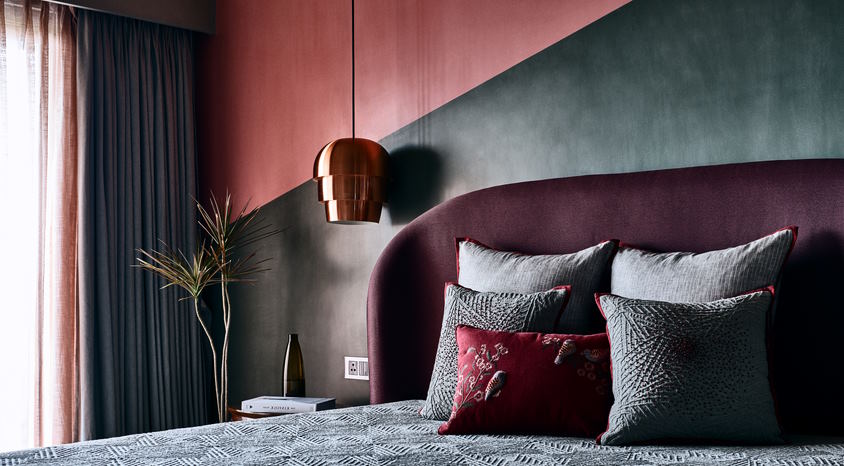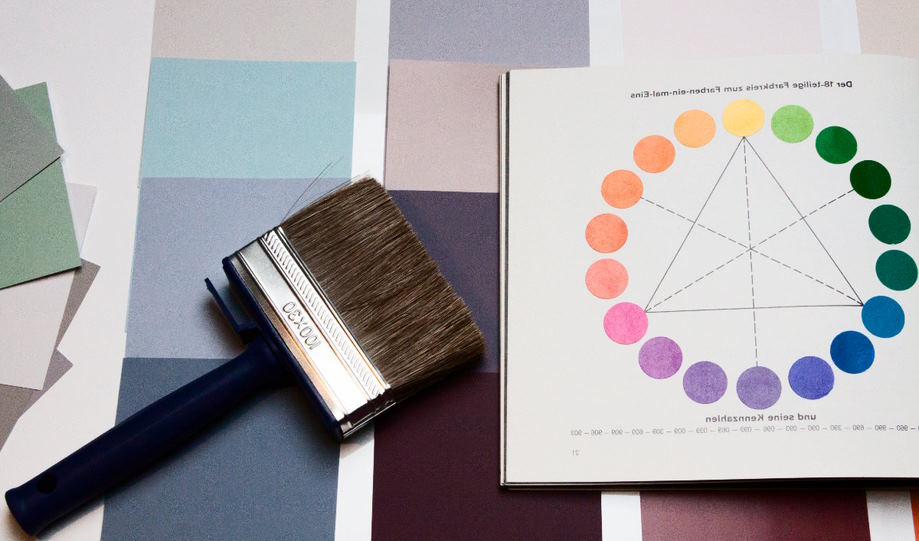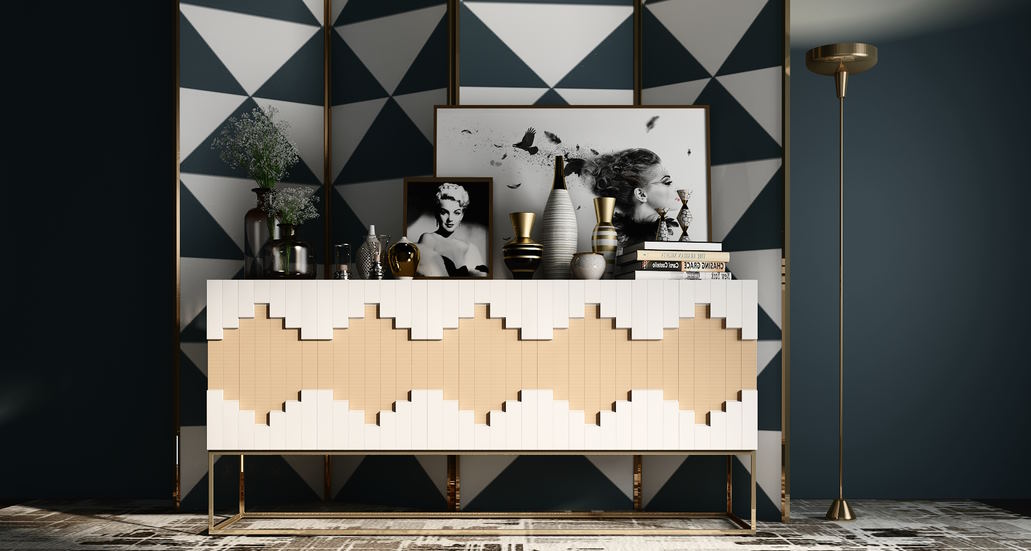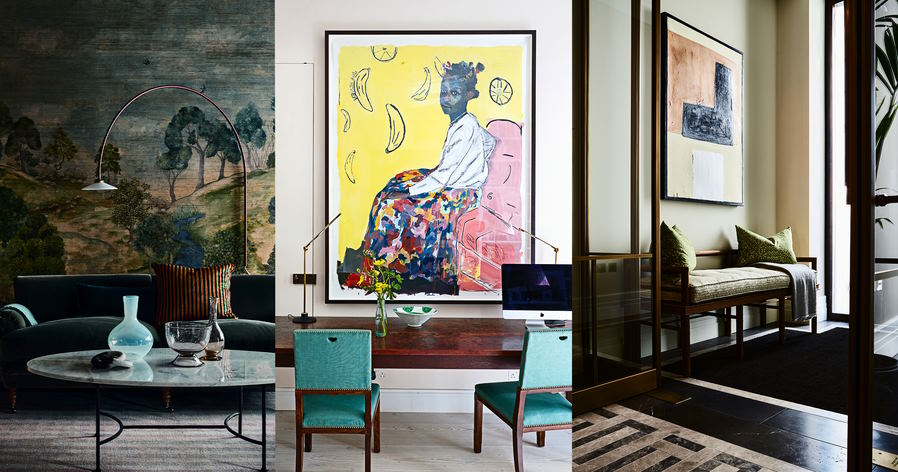The Psychology of Color in Interior Design: Creating the Perfect Mood
The psychology of color plays a significant role in interior design, as it has the power to evoke emotions, set the mood, and create a unique ambiance in a space. Colors can influence our emotions, behaviors, and perceptions, making them a powerful tool in designing interiors that cater to specific moods and experiences. Whether it’s a serene and calming living room, a cozy and warm bedroom, or a vibrant and energetic workspace, the right use of color can transform any space into a harmonious and inviting environment. In this article, we will explore the psychology of color in interior design, and how it can be utilized to create the perfect mood, elevating the overall experience of a space. From understanding the basics of color psychology to practical tips for applying color in different spaces, we will delve into the art and science of using color to enhance the psychology of interior design.

Using Colors to Create a Desired Mood
Colors have a profound impact on our emotions and can be used strategically in interior design to create the desired mood in a space. Whether you want to evoke a sense of calm and serenity, warmth and comfort, energy and vibrancy, sophistication and elegance, creativity and inspiration, or nature and tranquility, color can be your powerful ally. Let’s explore how different colors can be used to create specific moods in your home.
Calm and Serenity: Utilizing cool colors such as blue and green for a peaceful ambiance
Cool colors like blue and green are known to have a calming effect on the mind and body. These colors are often associated with nature, water, and sky, which can evoke a sense of tranquility and serenity in a space. You can use different shades of blue and green, such as soft pastels or cool aquamarine, on walls, furniture, and accessories to create a peaceful ambiance in your home. Incorporating natural elements like indoor plants, ocean-themed artwork, or soft blue-green textiles can also enhance the calming effect of these colors, creating a serene oasis in your living room, bedroom, or bathroom.
Warmth and Comfort: Incorporating warm colors like red and orange for a cozy feel
Warm colors like red and orange can create a sense of warmth, comfort, and intimacy in a space. These colors are associated with energy, passion, and warmth, making them ideal for areas where you want to create a cozy and inviting atmosphere. You can use warm colors as accents through furniture, accessories, or accent walls to add a pop of vibrancy and warmth to a room. For example, a red accent wall in a living room or a burnt orange throw blanket in a bedroom can instantly create a cozy and welcoming ambiance, perfect for curling up with a book or spending quality time with loved ones.
Energy and Vibrancy: Using bold and bright colors like yellow and magenta for an energetic atmosphere
Bold and bright colors like yellow and magenta can inject energy and vibrancy into a space, making them perfect for areas where you want to create a lively and energetic ambiance. Yellow is associated with happiness, optimism, and creativity, while magenta is a vibrant and bold hue that exudes confidence and excitement. You can use these colors in various ways, such as through accent walls, bold furniture pieces, or colorful accessories, to create a vibrant and dynamic atmosphere in your home. Be mindful of balancing these bright colors with neutral tones to avoid overwhelming the space and to create a harmonious look.
Sophistication and Elegance: Employing neutral colors like gray and beige for a refined look
Neutral colors like gray and beige can convey sophistication, elegance, and timelessness in a space. These colors provide a versatile and timeless backdrop that allows other elements in the room to shine. You can use different shades of gray, beige, or taupe on walls, furniture, and decor to create a refined and sophisticated look in your home. These colors can complement various styles, from modern to traditional, and can be easily updated with pops of color or different textures to add interest and depth to the space.
Creativity and Inspiration: Incorporating creative color palettes to stimulate imagination
Creative color palettes that go beyond the traditional color schemes can be used to stimulate imagination and foster creativity in a space. Mixing unexpected colors and experimenting with unique color combinations can create a sense of playfulness and inspiration in your home. For example, a combination of teal and coral, or mustard yellow and deep purple can add a sense of excitement and creativity to a room. You can incorporate these creative color palettes through furniture, artwork, accessories, or even wall paint to create a unique and inspiring environment that encourages imaginative thinking.

Considerations for Color in Different Spaces
The psychology of color in interior design is not one-size-fits-all, and the consideration of color should be tailored to different spaces in your home to create the desired atmosphere. Let’s explore how color can be used effectively in different areas of your home to create the perfect mood.
Living Room: Choosing colors that promote relaxation and social interaction
The living room is often the heart of the home, where relaxation and social interaction take place. When selecting colors for your living room, it’s important to choose colors that promote relaxation and create a welcoming environment for socializing. Soft neutrals like beige, light gray, or warm taupe can create a calming and inviting atmosphere, while cool colors like blues and greens can evoke a sense of tranquility. You can use these colors on walls, furniture, and accessories, and pair them with pops of color through throw pillows, rugs, or artwork to add interest and personality to the space.
Bedroom: Creating a calming and restful environment with soothing colors
The bedroom is a place for rest and relaxation, and the colors you choose can significantly impact your ability to unwind and get a good night’s sleep. Opt for soothing colors like soft blues, gentle greens, or muted grays that promote a sense of calm and serenity. These colors can create a peaceful environment that is conducive to relaxation and sleep. Avoid using bold or bright colors that can be too stimulating and disrupt your sleep patterns. You can incorporate these colors through bedding, wall paint, and decor to create a restful and tranquil haven in your bedroom.
Kitchen and Dining Area: Using appetizing colors for an inviting and stimulating space
The kitchen and dining area are spaces where we gather to eat, cook, and socialize. Using appetizing colors can create an inviting and stimulating environment in these spaces. Warm colors like reds, oranges, or yellows can stimulate the appetite and create an inviting atmosphere. You can use these colors as accents through backsplash tiles, kitchen cabinets, or dining chairs to add a pop of vibrancy and energy to the space. Consider balancing the warm colors with neutral tones to create a harmonious and balanced look.
Office and Workspace: Incorporating colors that enhance focus and productivity
The color palette in your office or workspace can significantly impact your focus, productivity, and creativity. Consider using colors that enhance concentration and focus, such as shades of blue or green. These colors are known to be calming and can promote a productive work environment. You can use these colors on walls, office furniture, or decor, and pair them with natural light to create an ideal setting for work. Avoid using distracting or overly bright colors that can hinder focus and productivity.
Children’s Room: Considering the age, personality, and preferences of the child when selecting colors
When it comes to children’s rooms, it’s essential to consider the age, personality, and preferences of the child when selecting colors. Younger children may enjoy bright and playful colors like yellows, blues, or pinks, while older children may prefer more subdued or neutral tones. Take into consideration the child’s interests and hobbies when selecting colors, and involve them in the decision-making process. You can use colors on walls, bedding, furniture, and decor to create a fun and personalized space that reflects the child’s personality and preferences.


